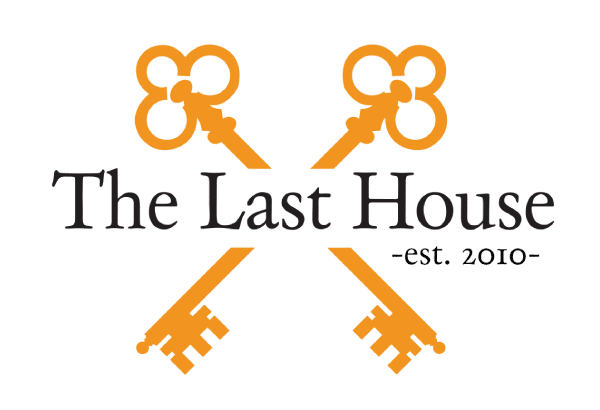
Overview:
Oppositional Defiant Disorder (ODD) is a disorder often times found in children, however if undiagnosed teenagers and even adults can be diagnosed with this. Everyone can be rebellious and at times challenge authority however persistent defiant behaviors can be an indicator of ODD. The DSM lists numerous characteristics in which at least four must be consistently occurring in order to be diagnosed. Characteristics include: losing one’s temper, arguing with adults, actively defying or refusing to comply with the requests or rules, deliberately doing things that will bother other people, blaming others for their own mistakes or misbehavior, quick temper or irritable, being angry and resentful, or being spiteful or vindictive. ODD can vary from mild, moderate and severe.
Symptoms:
Often times ODD is diagnosed and identified during early childhood. The characteristics listed above in the DSM are what separates a strong willed child vs a child with ODD. This disorder can cause a lot of stress on the family, relationships and school. These challenging behaviors are also often recognized and shared by other school professionals in which children are then referred to see a school psychologist.

Causes:
Although there is no set cause for ODD, a combination of psychological, biological, genetic and environmental factors can contribute to the development. Children that grow up in homes with little supervision, harsh discipline or inconsistency can develop ODD. Furthermore, ODD often runs in families with members that have ADHD, substance abuse, depression or bipolar.
Risk Factors:
Because ODD is a complex disorder, those with ODD and their loved ones are often at risk to certain factors. Risk factors include severed relationships, poor and intense reactions to situations, negative reinforcement from others, etc. Symptoms of ODD usually resolve within a couple years, however some children will develop Conduct Disorder, a disorder much more severe than ODD and rarely some children will even develop Antisocial Personality Disorder.
ODD and Substance Abuse:
Oppositional Defiant Disorder does not cause addiction however some of the behaviors in someone with ODD can lead to substance abuse or addiction. Behaviors like being spontaneous, careless and harmful to the self can lead to substance abuse and addiction. It is imperative that both are treated to better the chances of recovery. Some of ODD’s features are that of a compulsive disorder. Upon entering addiction treatment, it is essential that a young person be screened for Oppositional Defiant Disorder. It is imperative that professionals know if a young person has a history of ignoring or deliberately pushing back at authority or breaking rules and laws. Failing to emphasize this behavior can prevent substance abuse recovery all together.
Treatment:
Treatment for ODD is a combination of individual and family therapy that often times lasts for months or longer. The earlier ODD is diagnosed the easier it is to treat. Families play a big role in treatment and strategies to cope with the defiant behaviors are emphasized in treatment. Modalities used include individual cognitive-behavior therapy, family and parent training, parent-child interaction therapy, collaborative problem solving and vive (a program used for older children). Additionally medication is only used when there are co-occurring disorders such as ADHD, anxiety and depression. There is no medication that solely treats ODD, however supplements like Zinc can help stabilize and regulate mood. Treatment is very possible and often times children recover from ODD however it is important that ODD is recognized early.
Prevention:
With so many different factors leading to ODD there is no guaranteed and proven way to prevent ODD, however early intervention is very important. Additionally certain parenting styles can encourage children to behave more positively. Parents can reinforce positive behavior, set realistic limitations and consequences, provide structure and consistency, and be aware of the symptoms of ODD.


















